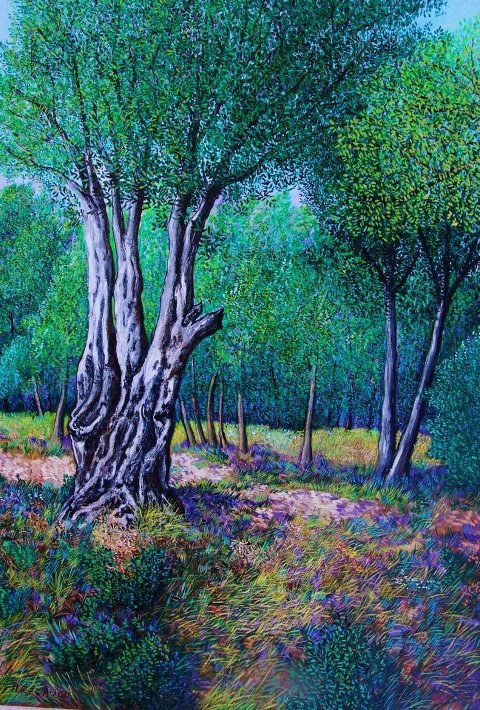Planting Trees Cost-Effectively

The current cost of replanting this enormous area is about $100 billion.
We’d all like to make this happen, since trees are such an effective combatant against greenhouse gas emissions, and thus climate change, but isn’t there anything that can be done to bring down the costs?
Check this out:

Craig,
“trees are such an effective combatant against greenhouse gas”
While I applaud your intention, it’s clear you know nothing about trees, the behaviour of trees or forest culture.
Unfortunately, man made forests, especially mono-culture forests do not always help climate change, nor a particularly environmentally beneficial.
Living, breathing old growth forests, are treasure-troves of bio-diversity. These are the forests which absorb and store CO2.
In man made mono-culture forests, or city parks, the often stressed trees do exactly the opposite absorbing oxygen while releasing CO2 into the atmosphere.
Although trees take up carbon through photosynthesis, they also emit a complex potpourri of chemicals, many of which accelerate climate change.
The dark leaves of trees can also raise temperatures by absorbing sunlight. Several analyses in the past few years suggest that these warming effects from forests could offset their cooling ability.
Trees are complex beings. Atmospheric studies conducted by at Yale University in New Haven, Connecticut, were among the first global studies examining arbour behaviour.
Trees generate and emit a wide range at different times and circumstances making comprehensive ‘studies’ difficult.
The influence of volatile organic compounds, or VOCs, emitted by trees, include isoprene, a small hydrocarbon that can warm the globe in several ways. It can react with nitrogen oxides in the air to form ozone — a potent climate-warming gas when it resides in the lower atmosphere.
Isoprene, while having beneficial effects, can also lengthen the lifetime of atmospheric methane, another greenhouse gas.
Man-made forests are far more susceptible to wild fire where the regimented nature of organized planting and mon-culture provides ideal conditions for combustion and conflagration.
Man-made upland forests also produce considerable amounts of methane and nitrous oxides. These previously unknown result have created a furor among combatants among scientists, forest owners, carbon trading credit sellers, government officials, environmentalists, the EPA, Dept. of Interior etc, especially in California.
Naturally, there is a huge amount of money, prestige and reputations riding on these studies, as well an an entrenched belief, even faith in the mantra that trees are always good for the environment.
As is often the case, grabbing a nice sounding idea, without adequate research because it its a particular ideology or popular belief, may lead to a gigantic disaster!
(However, like you, I love my trees!:))